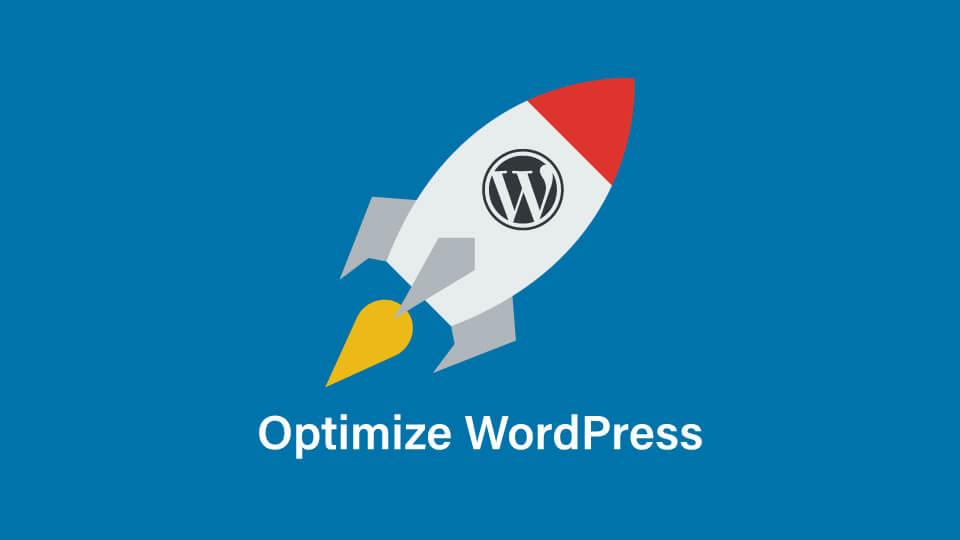WordPress is a great piece of software and if you use these great WordPress plugins, is your system is almost ready for production. After your WordPress website is finished, you should immediately optimize the HTML source code and you have to manipulate the basic behavior of a few features. The following list contains those tweaks I pass to most WordPress websites I build from scratch.
Be careful of using WordPress Plugins
The problem with WordPress plugins is that they can be both wonderful and harmful. They’re wonderful because they can simplify almost any coding process you have in addition to extremely customizing, especially if you know how to manipulate them. But they’re harmful because they can really mess up your website, sometimes beyond the point of no return, if you don’t exercise caution when installing them.
Harden your WordPress website
Most website administrators think that they’re protecting their website and its files. However, as we’ve seen from major hacks like the Target hack in 2013 (70 million credit cards compromised), your user or customer data is the most important thing you’re protecting. Most of this data lives in your MySQL database, the database that serves as the back-end for WordPress.
Code cleanup
When you first build your WordPress site, it will be pretty lightweight. Over time, however, you’ll probably add a lot of files and data. You’ll create content, add new plugins and themes, and maybe even tweak the coding in core files. All of this causes your site to grow in size.
It’s smart to spend some time cleaning up your site. By clearing out unnecessary data and content, optimize images and files, and so on, you can improve performance without removing anything essential. At the same time, you can perform valuable maintenance tasks such as checking for broken links and making sure everything is up-to-date.
